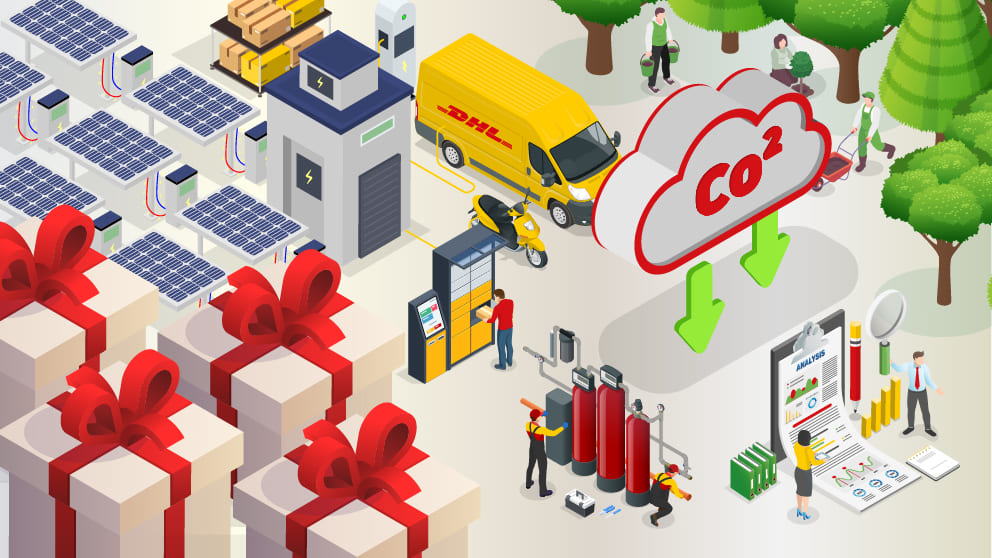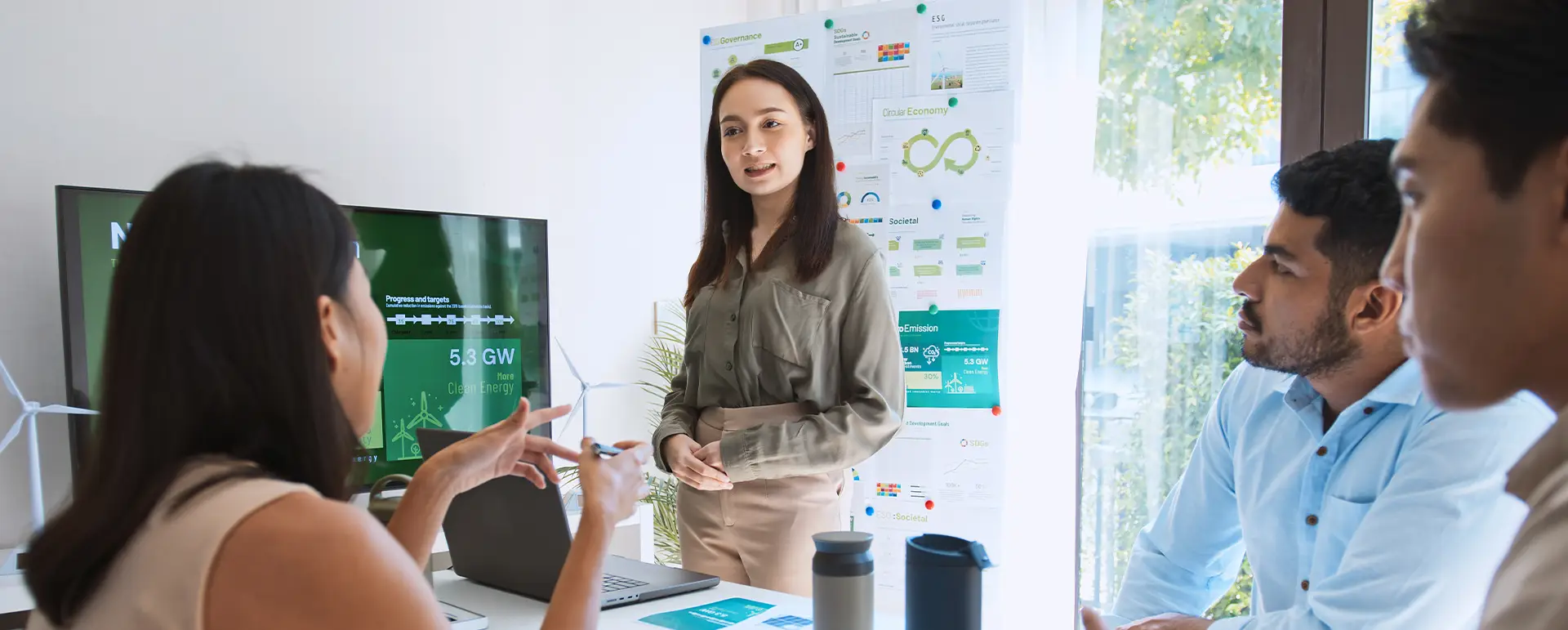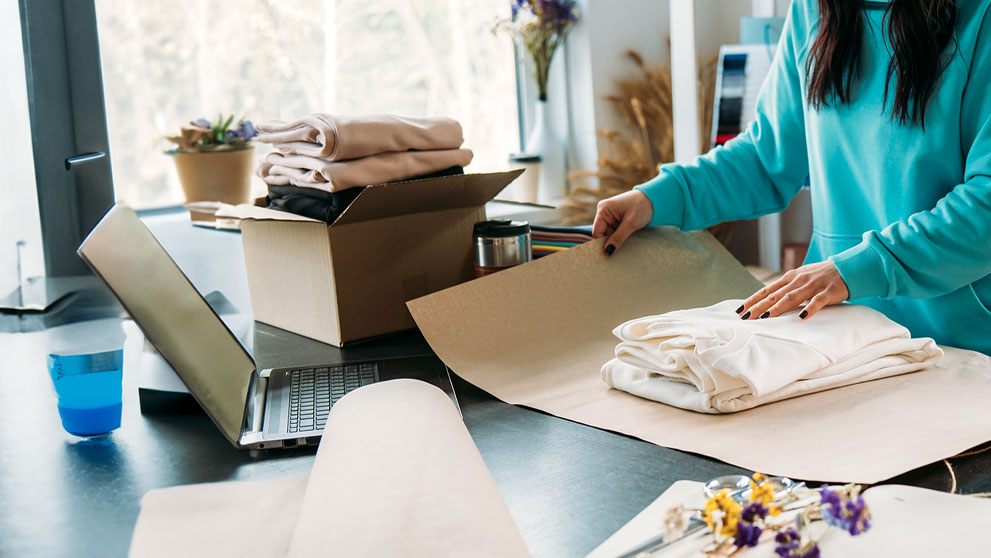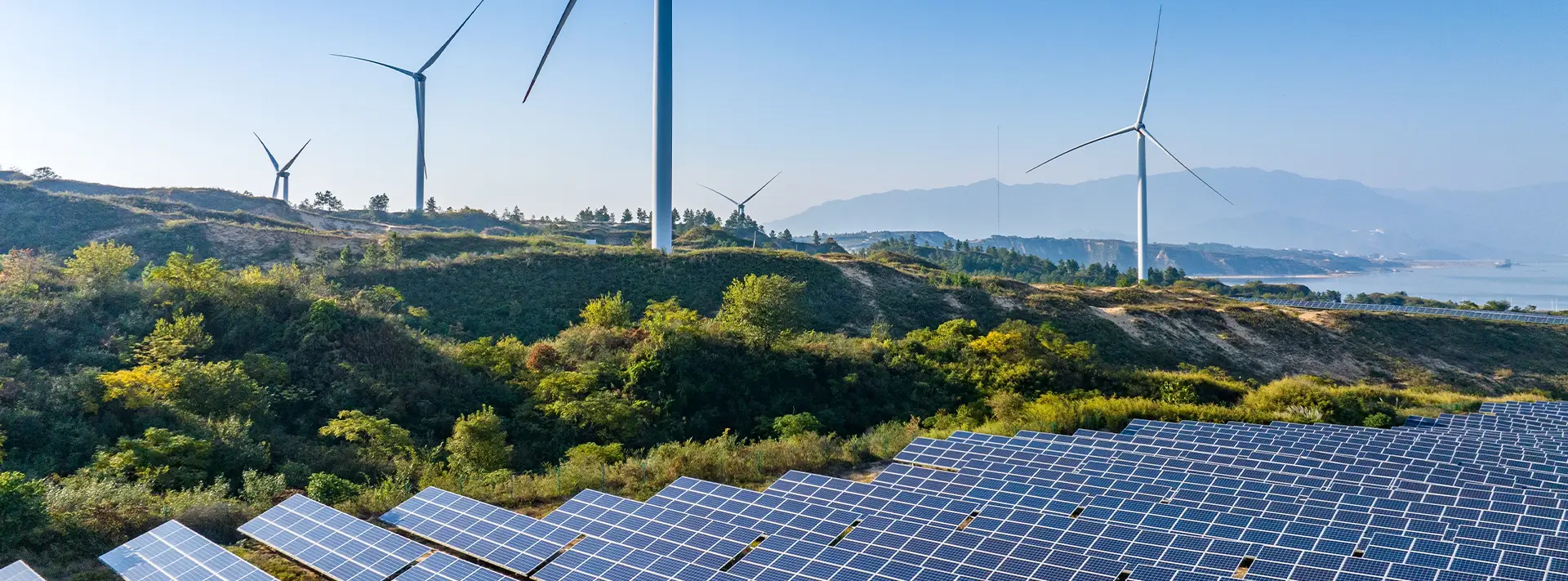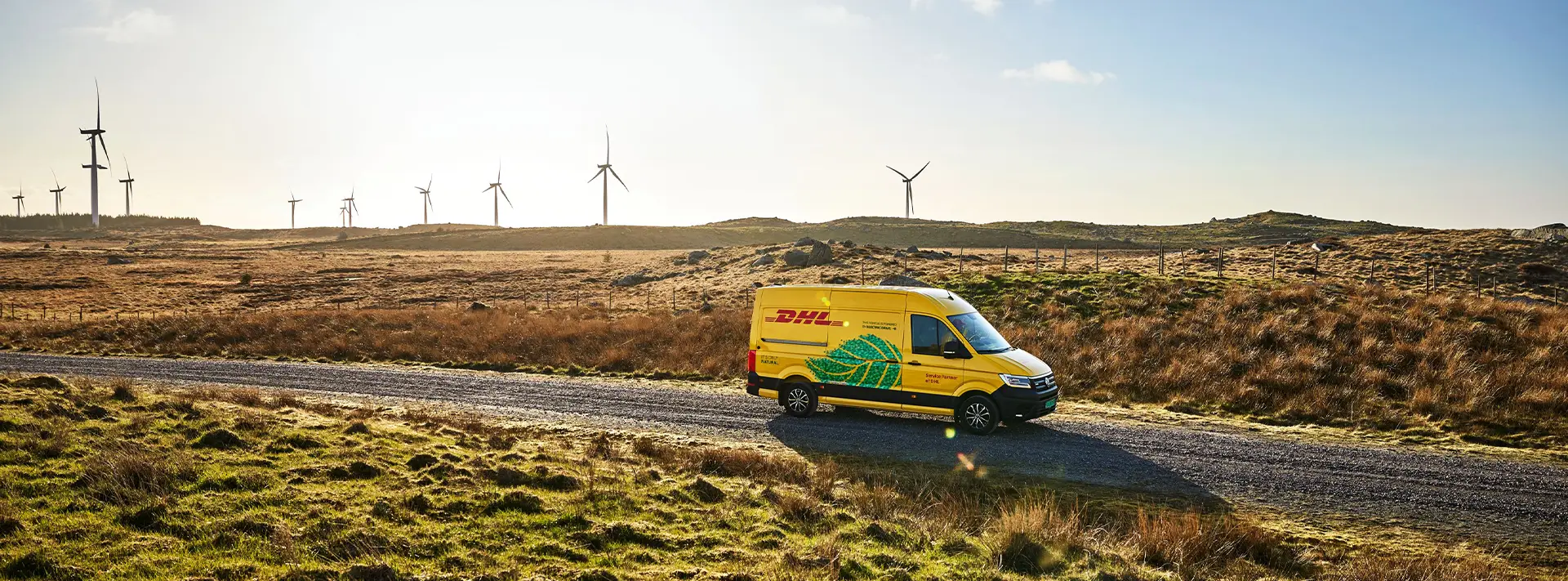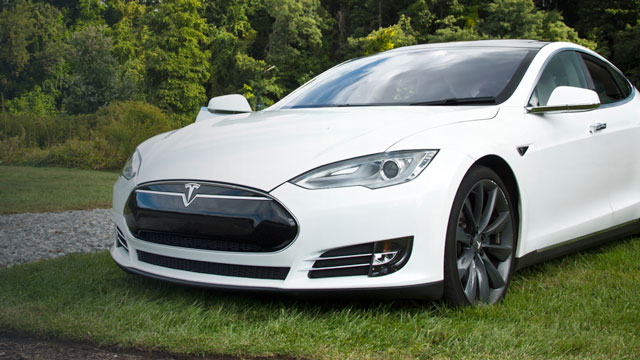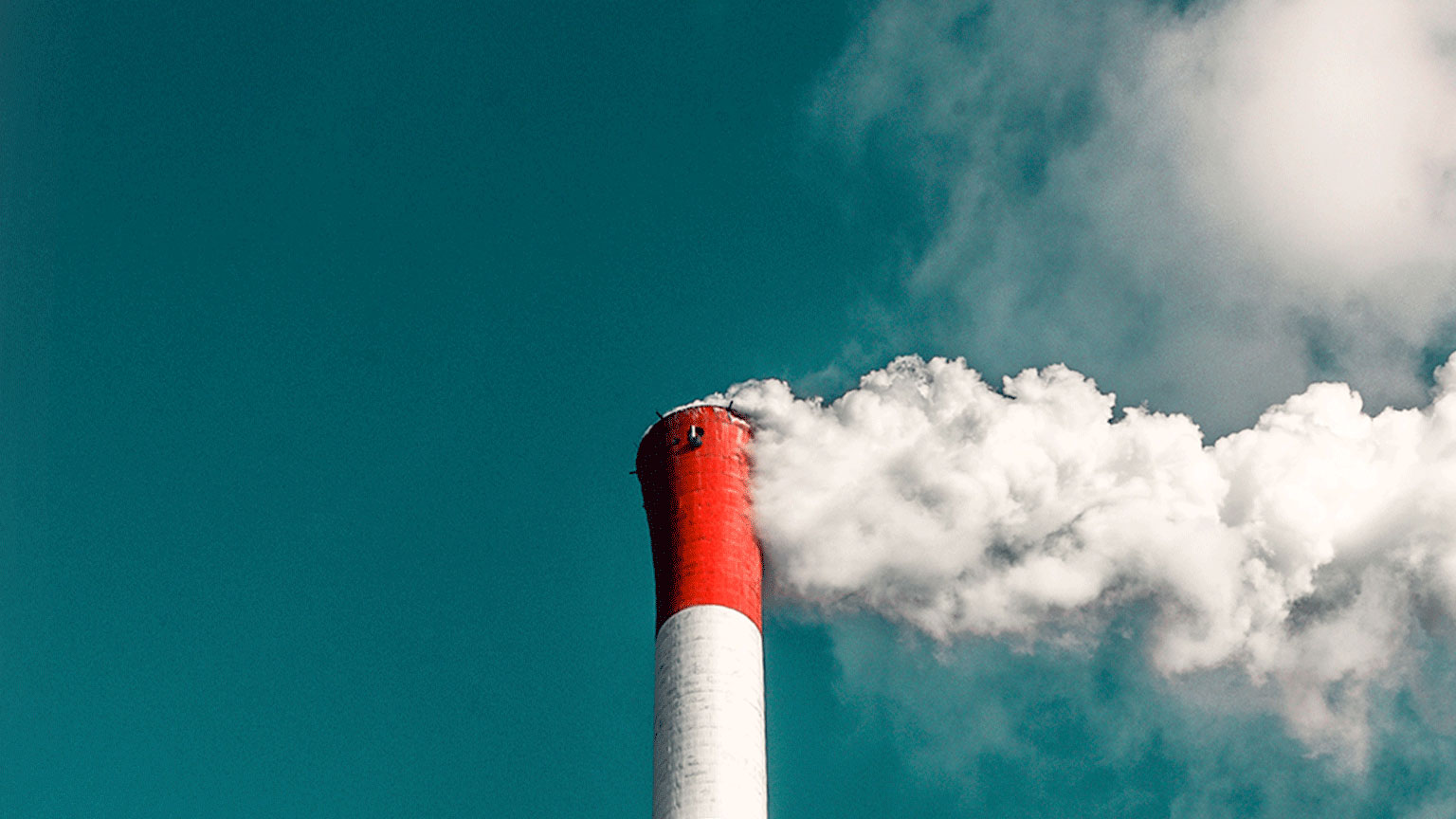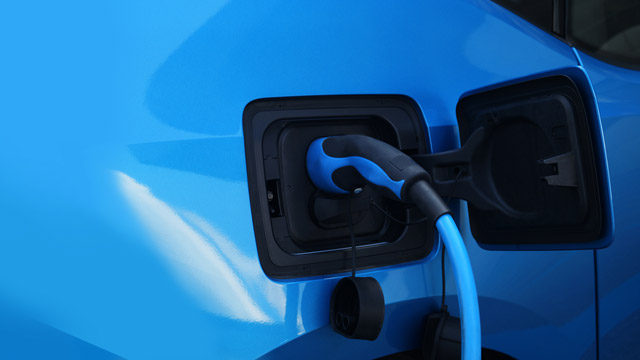What is green logistics?
Eco-conscious consumers and government policy are putting increasing pressure on businesses to adopt greener, more sustainable practices in every aspect of their supply chain. And that includes logistics.
In fact, ‘green logistics’ and ‘sustainable logistics’ are terms you’re probably reading and hearing more frequently than ever before. But what is green logistics, in fact?
Put simply, green logistics references ways of minimizing the environmental impact and the carbon footprint of logistics activities – activities like transport, packaging, recycling and storage. Here’s how your business can implement some key green logistics strategies.
Green logistics strategies for your business to follow
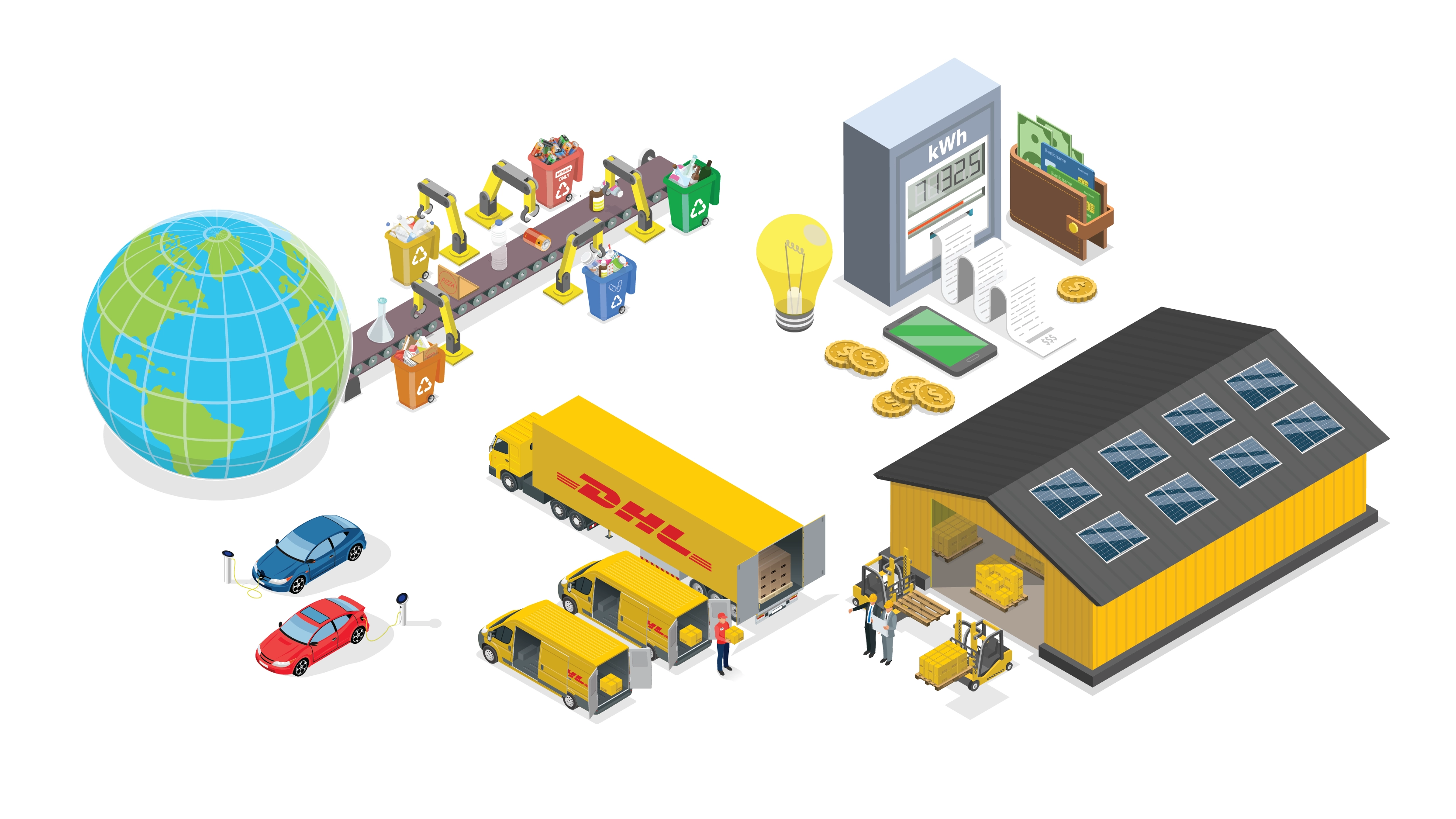
1. Implement green warehousing
A key part of sustainable supply chain management lies in the warehouse. There are several steps you can take to reduce its carbon footprint:
- Invest in a Warehouse Management System. This will enhance efficiencies across your warehouse – from ensuring you use space in the most optimal way, to maintaining stock levels. For the latter, this will reduce excess inventory, which, if unsellable (e.g. perishable goods), may end up in landfill.
- Identify areas of energy wastage. An Energy Management System will monitor your warehouse’s energy consumption and make recommendations for better efficiency – saving your business money and helping it to meet sustainability goals.
- Switch to eco-friendly lighting in your warehouse. Light-emitting diode (LED) bulbs, for example, use up to 75% less electricity then standard fluorescent bulbs1.
- Consider rooftop solar panels. An environmentally friendly, renewable source of energy, these require some upfront investment but will save your business money in the long term.
- Implement efficient waste management. Dedicated recycling banks at key touchpoints in your warehouse will help to reduce the amount of waste sent to landfill.
- Research what energy grants are available to help you make changes. Some governments offer funds to small businesses to cover things like installing EV (electric vehicle) charge points.
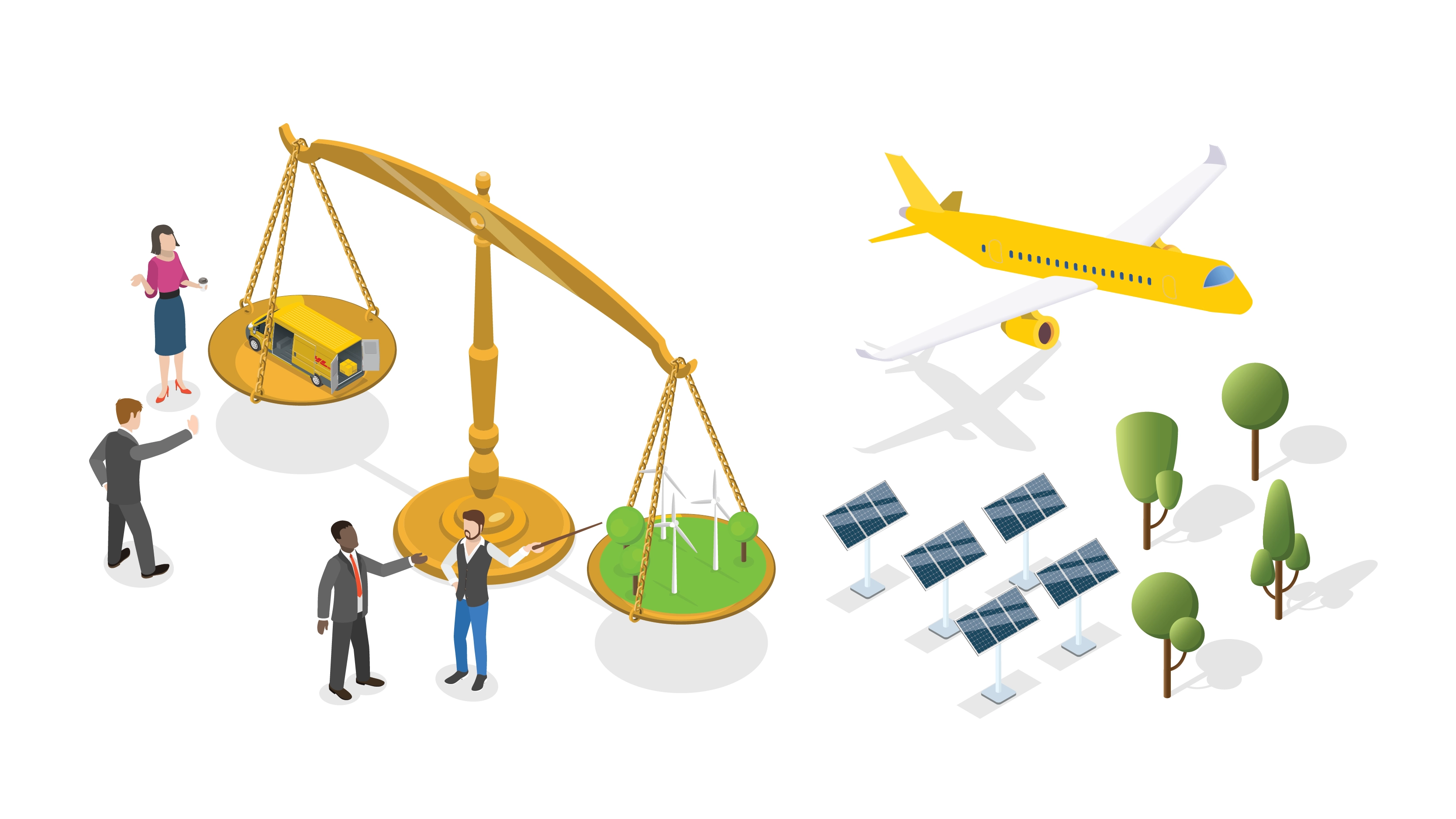
2. Set carbon-neutral logistics targets
The first step to improving your business’s carbon footprint is to know where it currently stands – from there, you can set goals to improve. A carbon calculator tool will give you an in-depth picture of your carbon footprint across three scopes: Scope 1 (direct emissions), Scope 2 (electricity and gas related emissions), and Scope 3 (indirect emissions throughout your chain).
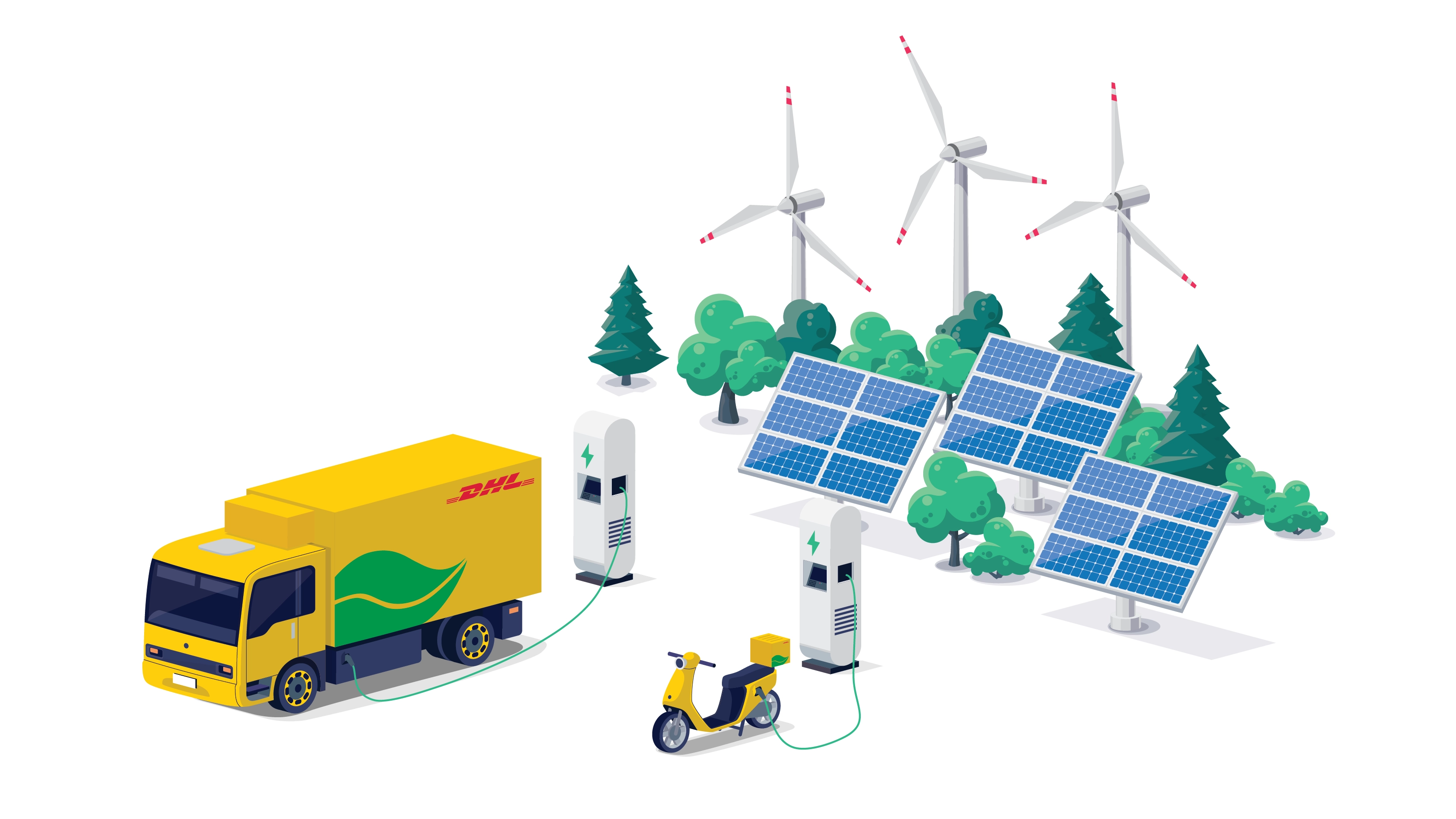
3. Adopt eco-friendly transport methods
Using electric vehicles for deliveries will significantly reduce your business’s carbon emissions, so choose a logistics partner carefully. DHL has invested significantly into its EV network on its mission to have 60% of its last-mile vehicles electric by 2030.
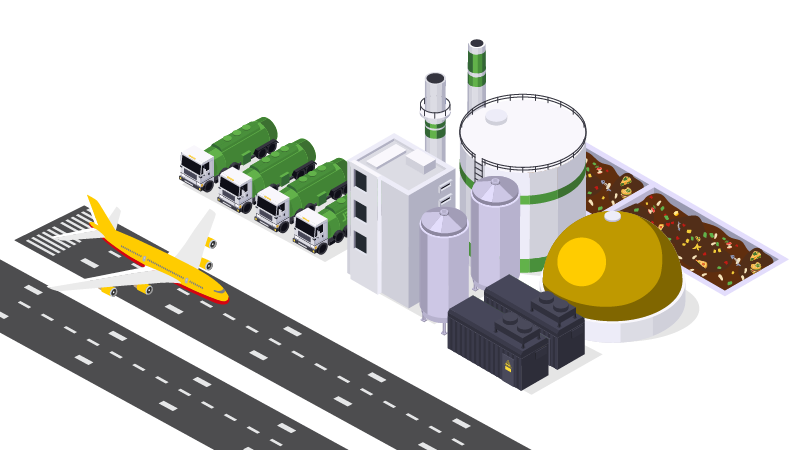
4. Explore sustainable fuels
DHL Express’s GoGreen Plus is a dedicated solution to help businesses reduce the carbon emissions associated with their shipments through the use of Sustainable Aviation Fuel, a biofuel produced from renewable sources such as vegetable oils and agricultural crops. SAF is specifically designed to be used as a substitute for traditional jet fuel and can reduce greenhouse gas emissions by up to 80% compared to fossil fuels.
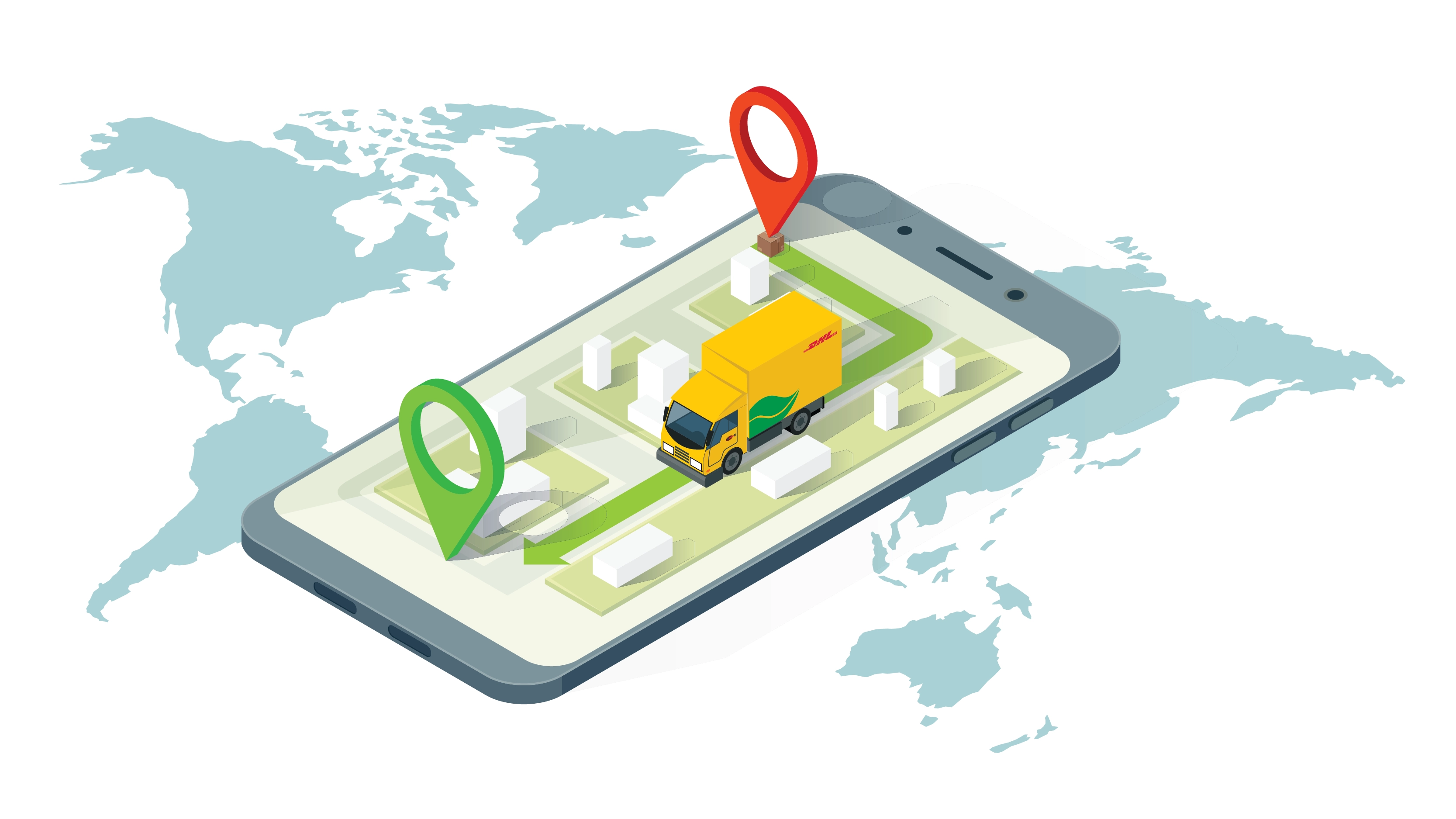
5. Leverage AI for greener deliveries
If you’re making multiple deliveries, route optimization software will help you find the most efficient route, taking into account factors such as distance, real-time traffic, and vehicle capacity. All of which means you’ll save time, reduce your fuel emissions, and get your goods to customers quicker.
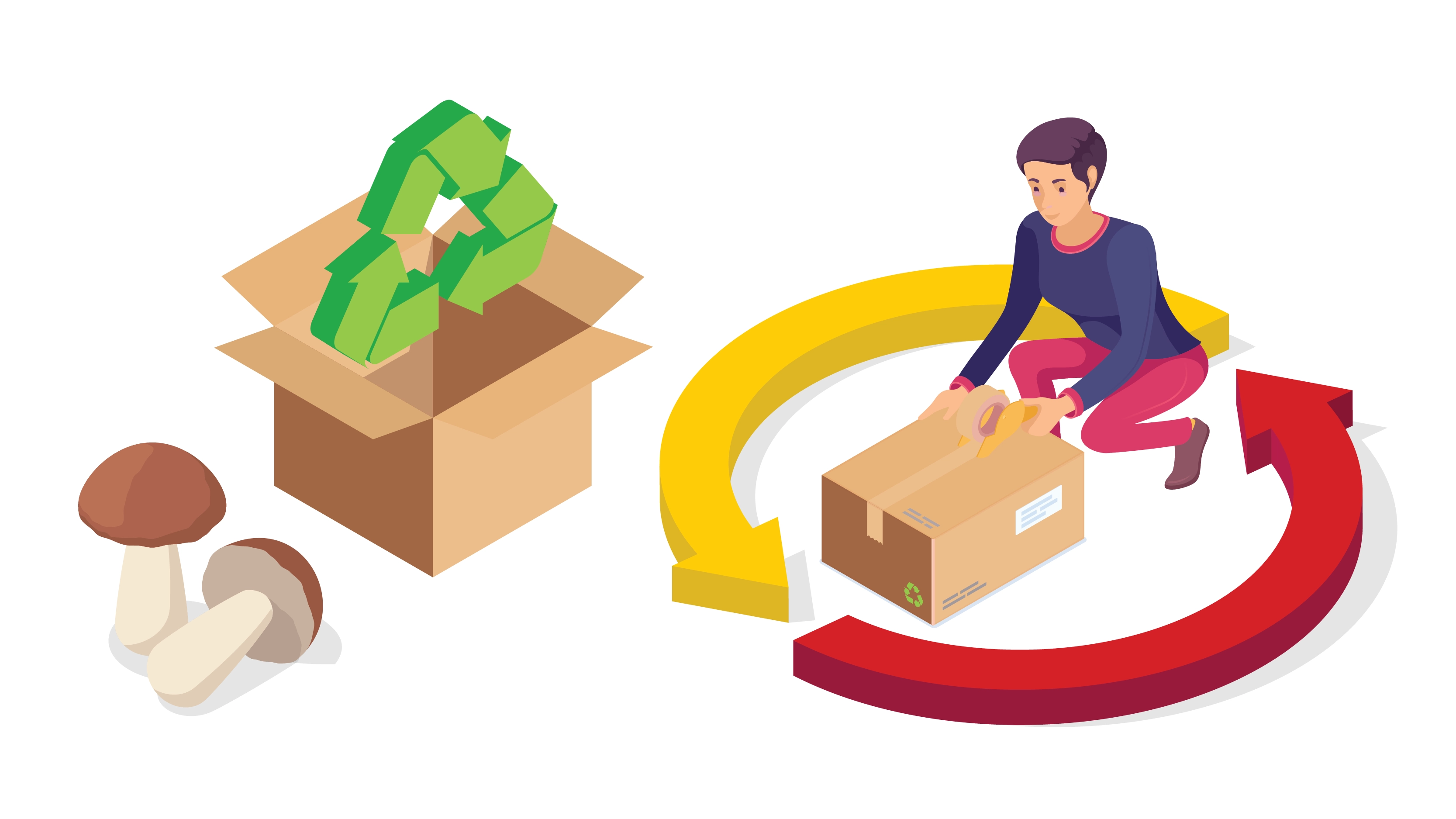
6. Use green packaging
Your customers are increasingly paying attention to the packaging their orders arrive in, so ditch single-use materials and opt for recycled and compostable alternatives. You could even explore some of the more innovative options out there – seaweed and mushroom-based packaging to start! Encourage customers to send any product returns to your business in their original packaging, too.
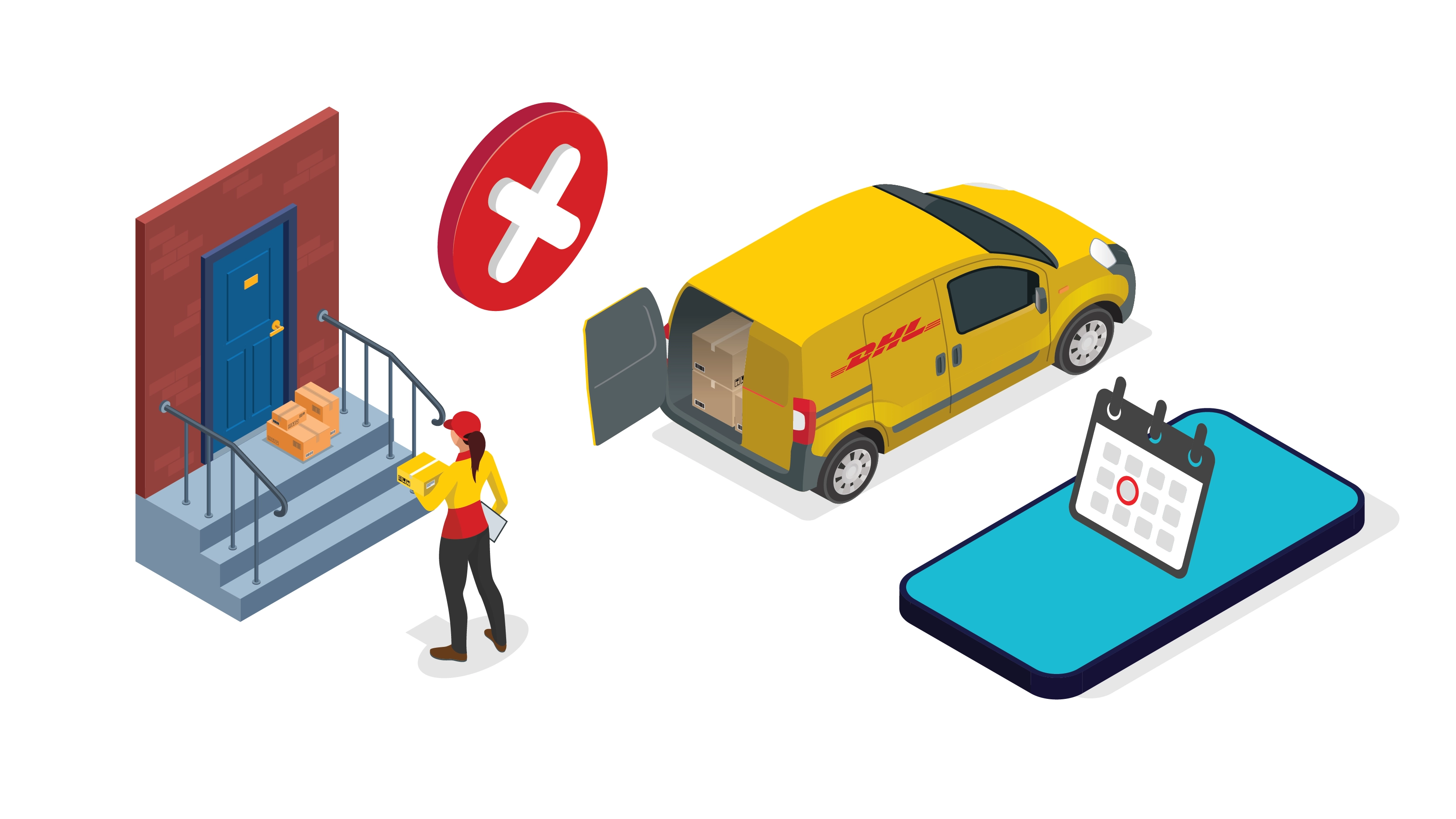
7. Reduce failed deliveries
Every failed delivery attempt to one of your customers means extra transport emissions for your business. DHL Express’ On Demand Delivery is the solution – your customers can choose a delivery time that suits them or even elect to have it left with a neighbor if they know they’re not going to be in. Happier customers, happier planet!
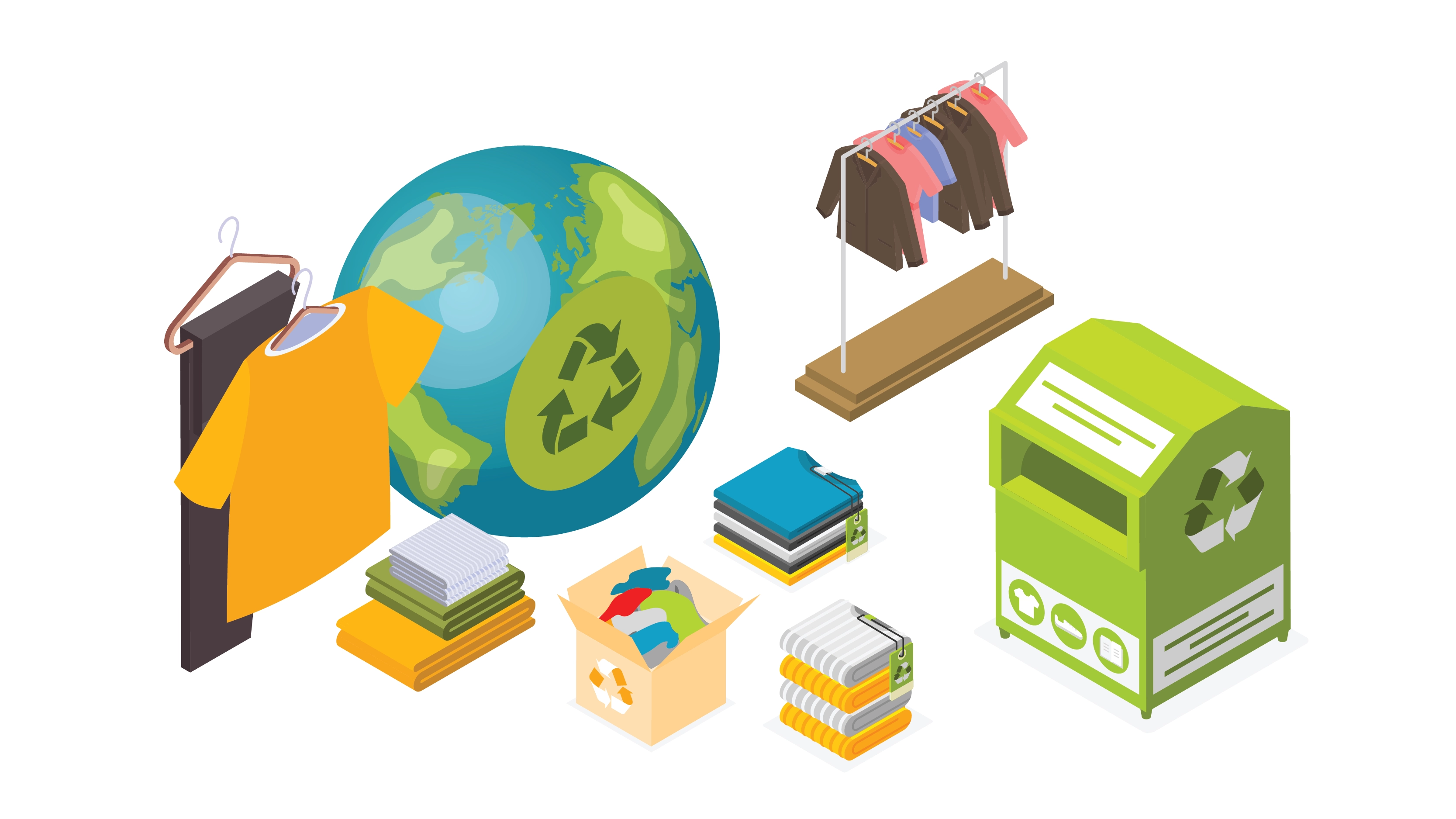
8. Implement reverse logistics
Product returns can be an expensive pain for online businesses, especially if the item is damaged or broken. But wait! Before you send it to landfill, consider a reverse logistics strategy. This promotes the repairing, recycling and resale of products, with the aim of extending their lifecycle. It will save your business money, too.
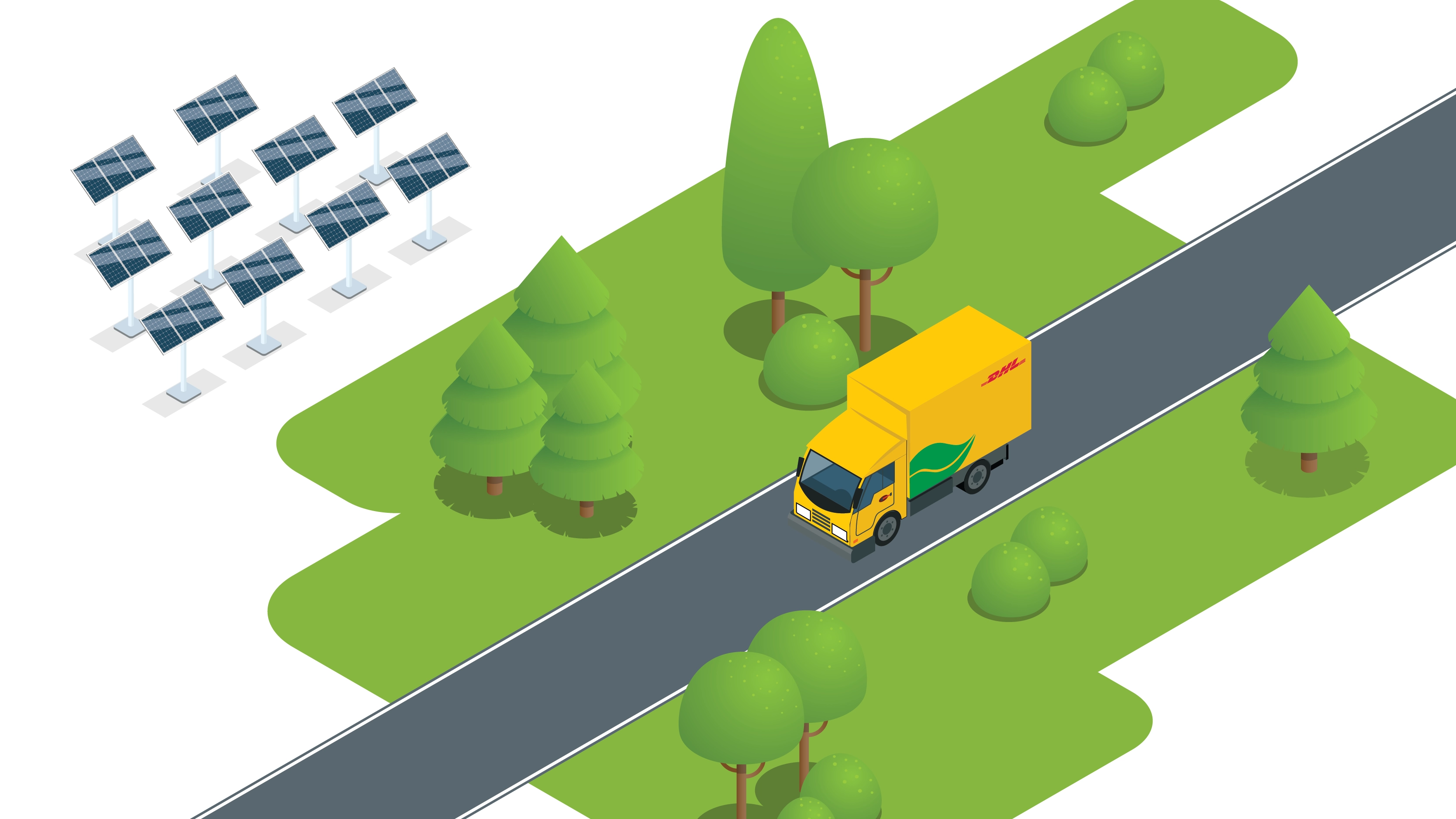
9. Choose green supply chain partners
In DHL’s Global Online Shopper Survey 2023, 64% of consumers said environmentally friendly deliveries are important to them, whilst DHL is seen as the most sustainable of all the leading international delivery companies. So, for a greener final mile, you know who to speak to!
FAQs on green logistics for small businesses
Green logistics involves implementing sustainable practices to minimize the environmental impact of the logistics network. Examples include using electric vehicles throughout the supply chain, adopting recyclable packaging, and optimizing delivery routes to reduce fuel emissions.
The logistics and transport sector contributes just over a third of global carbon dioxide (CO2) emissions2 – a share that’s forecast to grow. The pressure is now on businesses of all sizes to play their part in reducing the figure and protecting the planet’s future.
A study by Capgemini3 found 79% of customers alter their purchasing habits in response to social responsibility, inclusivity, or environmental impact, meaning they are more likely to shop with a business that demonstrates green logistics practices. In addition to enhancing their brand image, such businesses will also benefit from reduced operating costs (due to waste reduction) and increased efficiencies.
There are lots of eco-friendly logistics solutions for businesses to consider – from using electric vehicles for deliveries to implementing an energy management system within their warehouse. There are plenty of smaller changes, too – switching to recyclable packaging is relatively easy and can make a big difference!
Some practices – such as installing solar panels for energy – will require some initial investment, but the long-term savings to your business will make it worthwhile.
DHL has tipped decarbonization, renewable energy and AI as three big trends set to influence the green logistics landscape in 2024. Discover what that means for your business, and actionable strategies it can implement, here.
With a DHL Express Business Account, you’ll benefit from a range of dedicated green logistics solutions – and, of course, fast and reliable delivery!


